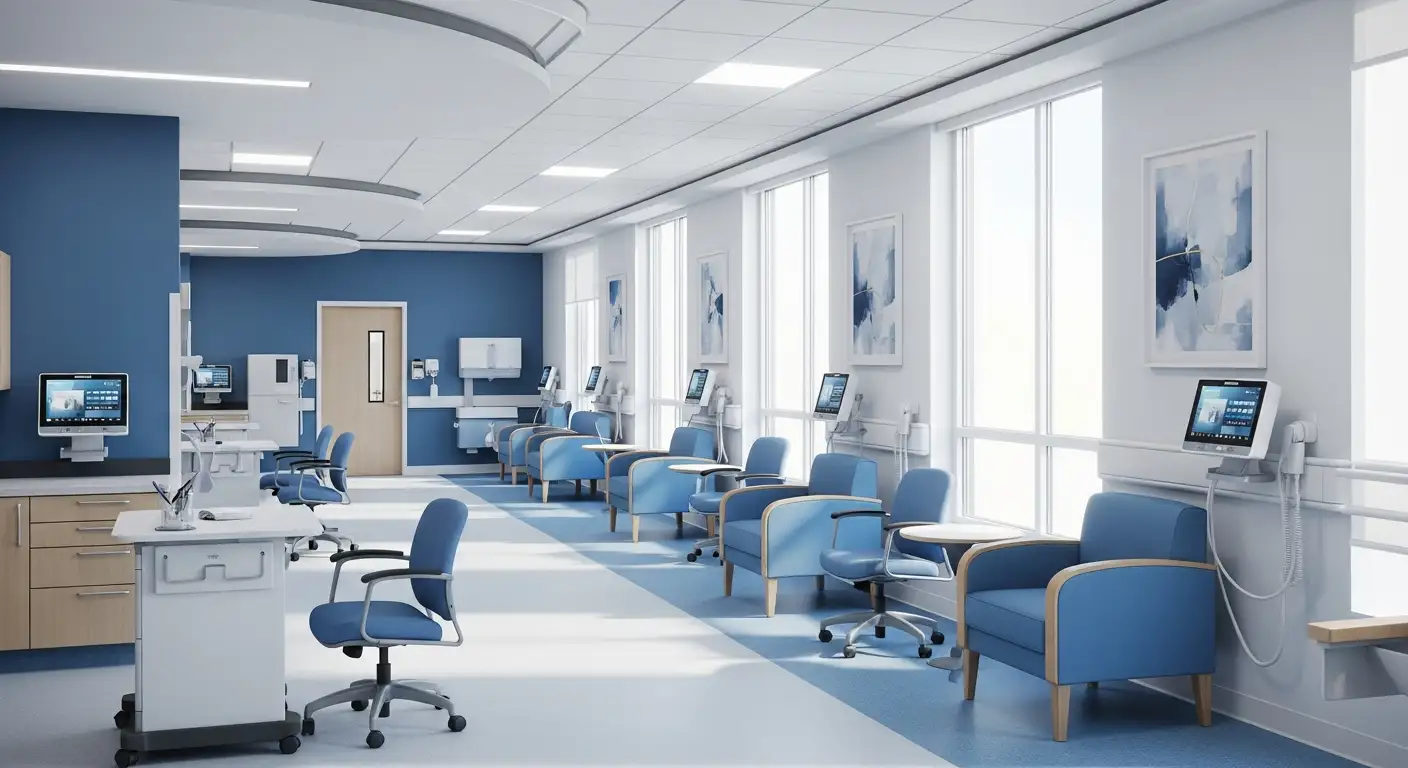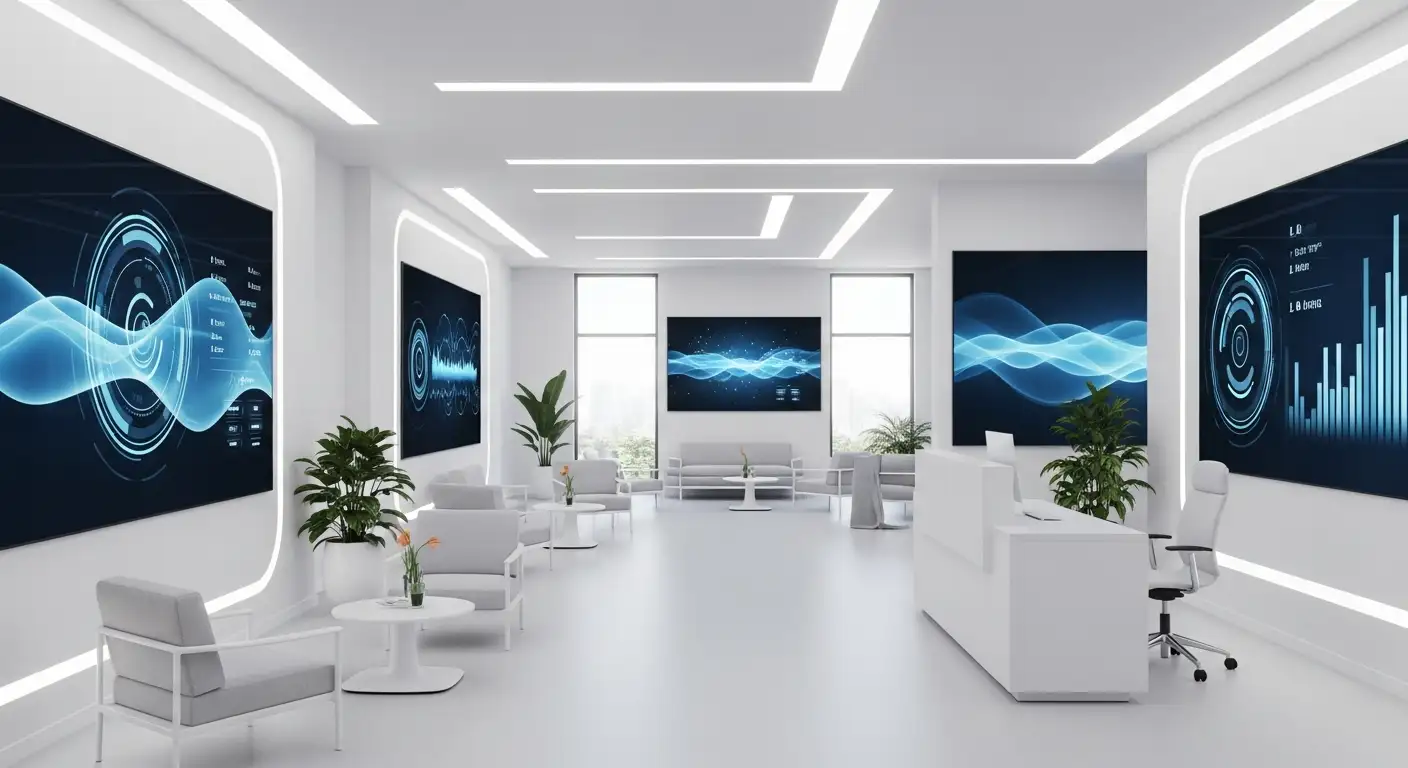When Seniors Forget Medications, Use Remote Monitoring
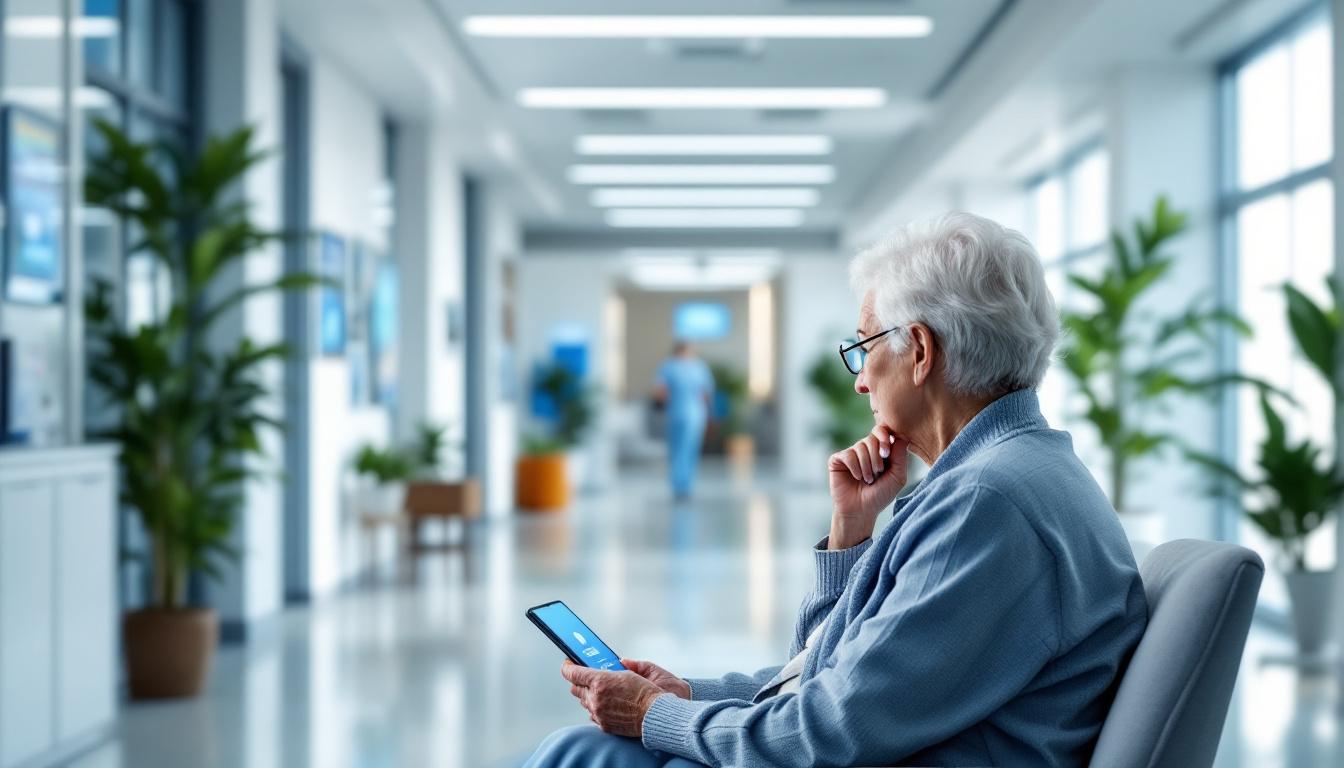
Enhancing Safety and Independence in Seniors' Medication Routines
As the aging population grows, so does the challenge of ensuring seniors adhere to their medication schedules safely and effectively. Memory issues, physical limitations, and complex treatment regimens can lead to missed doses, risking serious health complications. Recent technological advancements, especially remote monitoring systems, are revolutionizing how caregivers and healthcare providers support medication adherence, enabling seniors to age in place with confidence and independence.
The Role of Remote Monitoring in Medication Adherence
How remote monitoring improves medication compliance
Remote patient monitoring (RPM) plays a crucial role in enhancing medication adherence among elderly patients. Devices such as smart pillboxes, reminder systems, and contactless sensors can ensure that medications are taken as prescribed. For example, systems equipped with alarms and automatic locking mechanisms only unlock the correct medication chamber based on doctor’s instructions, reducing errors and missed doses. When a dose is missed, automated calls or alerts prompt the patient to take action. These technologies also enable continuous tracking of medication habits, providing data that can be analyzed for patterns or issues.
The integration of health monitoring features—like vital signs measurement, environmental sensors, and activity tracking—offers a comprehensive view of the patient's health, making medication management more precise. Caregivers and healthcare providers gain remote oversight, allowing for timely adjustments and interventions, which reduces hospitalizations and complications.
Impact on seniors with cognitive impairments
Seniors with mild cognitive impairment or dementia face higher risks of forgetting doses or mishandling medications. RPM systems address these challenges by providing consistent reminders and simplifying medication routines. Customizable alarms with audible and visual cues are tailored to individual needs, which helps overcome memory lapses.
Moreover, remote monitoring offers ongoing support without the need for constant in-person visits. This technology fosters a sense of independence while maintaining safety. Caregivers can monitor adherence remotely, receive alerts about missed doses, and intervene early if necessary. Such systems are also beneficial during hospital discharges, ensuring continuity in medication management.
Key health parameters monitored remotely
Remote monitoring extends beyond medication adherence, encompassing vital health indicators critical for seniors’ well-being. These include:
| Health Parameter | Monitoring Method | Importance |
|---|---|---|
| Heart rate | Wearable sensors, ECG | Detects arrhythmias or cardiovascular issues |
| Oxygen saturation | Pulse oximeters | Identifies respiratory or sleep-related problems |
| Body temperature | Thermometers, embedded sensors | Monitors infection or fever signs |
| Blood pressure | Cuffless monitors | Tracks hypertension control |
| Blood sugar | Glucose meters | Manages diabetes |
| Sleep patterns | Sleep sensors, actigraphy | Detects sleep disturbances |
| Environmental factors | Smoke, humidity, temperature sensors | Ensures home safety and comfort |
Collectively, these parameters provide early insights into health deterioration, enabling timely interventions and personalized treatments. Overall, remote monitoring serves as an essential tool to support medication adherence, especially in vulnerable elderly populations, promoting healthier, safer aging in place.
Technological Solutions for Supporting Medication Management
What technological solutions are used to help seniors remember and manage their medications?
To assist elderly individuals in maintaining proper medication schedules, several innovative technological solutions have been developed. Smart pill dispensers, like the Hero system, are equipped with automatic dispensing features that release the correct medication dose at scheduled times. These devices often come with companion mobile apps that track adherence, send reminders, and alert caregivers if a dose is missed.
Reminders through mobile applications, such as Medisafe and MyTherapy, send push notifications, alarms, or text alerts to prompt users to take their medications on time. These apps can be synchronized with smartphones or tablets, making it easier for seniors and caregivers to stay informed and organized.
Voice assistants, including Amazon Alexa and Google Home, also play a growing role. They can be easily programmed to issue verbal reminders at preset times, providing a hands-free, accessible way for seniors to remember their medications through simple voice prompts.
Furthermore, digital health tools like Medi-Cog and MedMaIDE offer assessments of cognitive and functional abilities related to medication management. These tools help healthcare providers understand a patient’s capacity to manage medications independently and tailor interventions accordingly.
Integrating these technologies with traditional aids—like pill organizers and visual labels—creates a comprehensive support system. Such combined approaches significantly boost medication safety and adherence, reducing risks associated with forgetfulness or mismanagement.
Emerging innovations in digital health for medication safety
Recent advances include the development of intelligent systems that not only remind but also verify medication intake through sensors and cameras. Contactless sensors monitor activity and environment, providing additional layers of oversight.
Wearable devices and environmental sensors collect ongoing data about health parameters and habits, enabling real-time monitoring and early detection of potential issues. These innovations are increasingly integrated into overarching remote patient monitoring (RPM) platforms, which connect patients, caregivers, and healthcare providers.
Overall, the fusion of automation, digital reminders, voice technology, and remote monitoring forms a robust framework for improving medication adherence and safety among seniors, especially those with cognitive or physical limitations.
The Impact of Telehealth and Remote Patient Monitoring in Elder Care
How does remote health monitoring aid in managing chronic conditions like Alzheimer's disease?
Remote health monitoring plays a vital role in helping manage chronic conditions, especially Alzheimer's disease and other dementias. Through the use of sensors, wearable devices, and smart systems, healthcare providers can continuously track vital signs such as blood pressure, heart rate, oxygen saturation, and body temperature. These measurements allow for early detection of deterioration or health risks, enabling timely interventions before serious complications develop.
In addition to monitoring physical health, digital tools can assess cognitive and functional decline. For example, passive sensors like PIR motion detectors and bed sensors may analyze activity patterns and sleep habits, providing insights into behavioral changes associated with disease progression.
Telehealth platforms facilitate remote cognitive assessments and medication management, minimizing the need for frequent in-person visits. Emergency response features—such as automatically alerting caregivers or health professionals if a patient is in distress—enhance safety and reduce hospital admissions.
Furthermore, remote monitoring supports caregiver training and reduces caregiver burden by offering real-time information and assistance. It creates a support network that encourages aging in place, enabling seniors to stay longer in familiar environments while maintaining high-quality care.
Overall, digital health tools transform elder care from reactive to proactive, promoting early detection, personalized treatment, and improved safety for patients with chronic neurodegenerative conditions.
Caregiver Involvement in Medication Safety and Side Effect Monitoring
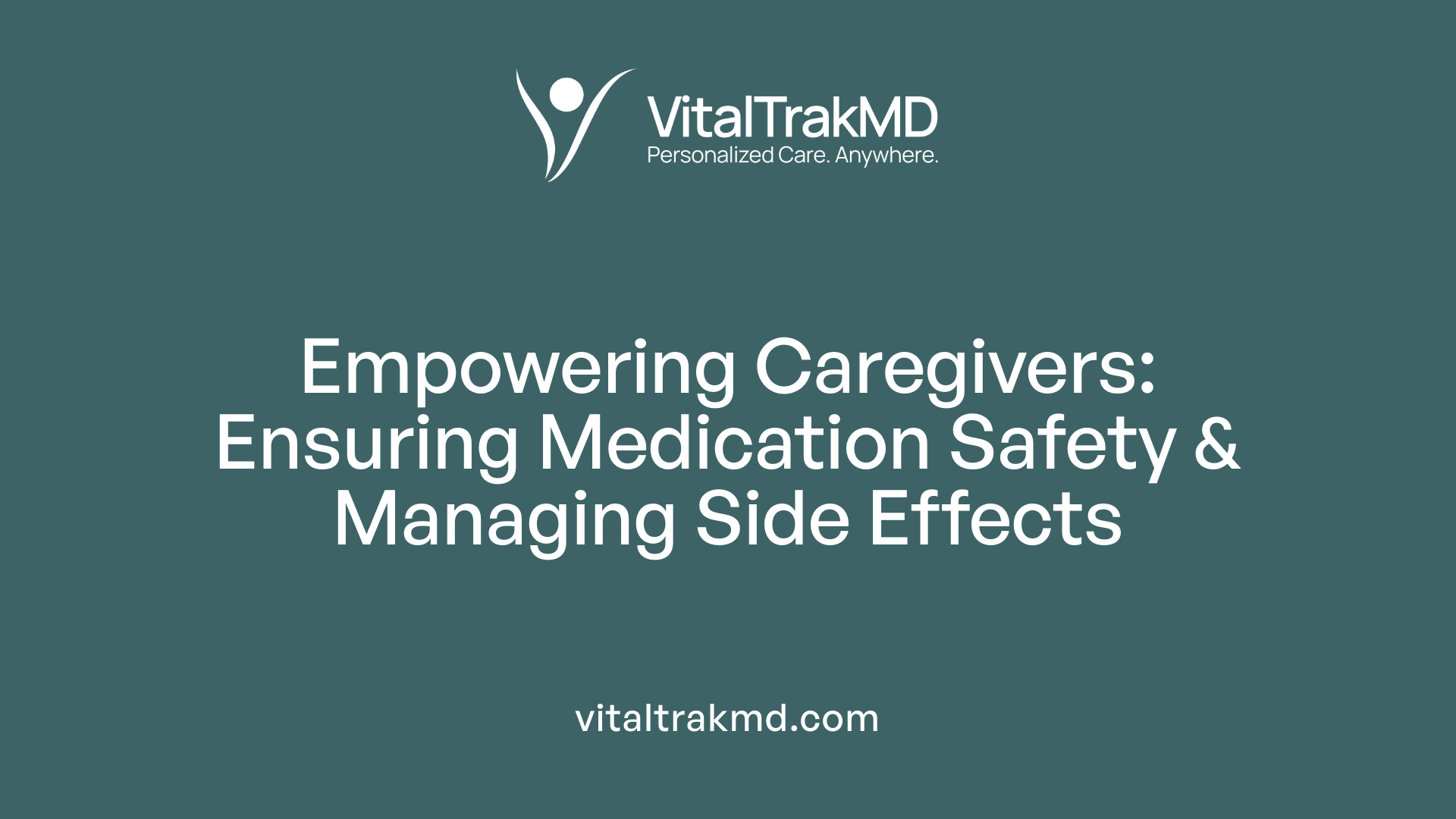
What role do caregivers play in monitoring for side effects of medications used for dementia and other conditions?
Caregivers are essential in safeguarding the health of elderly patients, especially those with cognitive impairments like dementia. They actively observe their loved ones for any signs of adverse reactions to medications. This includes noting physical symptoms such as rash, dizziness, or nausea, behavioral changes like agitation or confusion, or emotional shifts that could indicate side effects.
To support this, caregivers often utilize checklists, medication lists, and reminders to ensure adherence to prescribed routines. Maintaining an up-to-date medication list helps in tracking what each medication is for, its potential side effects, and any recent changes in dosage or prescriptions.
Communication with healthcare professionals is a critical part of their role. Caregivers regularly report their observations, concerns, and questions about medication side effects during medical visits or through telehealth channels. This proactive monitoring and communication help prevent complications, allow for timely adjustments in medication, and improve overall safety for the patient.
By closely working with medical teams, caregivers can help identify issues early and ensure that prescribed treatments stay effective and safe. Their involvement is especially vital when patients may not recognize or communicate side effects due to cognitive decline, making caregiver vigilance indispensable for optimal health outcomes.
Digital Measures and Biomarkers Enhancing Monitoring Capabilities
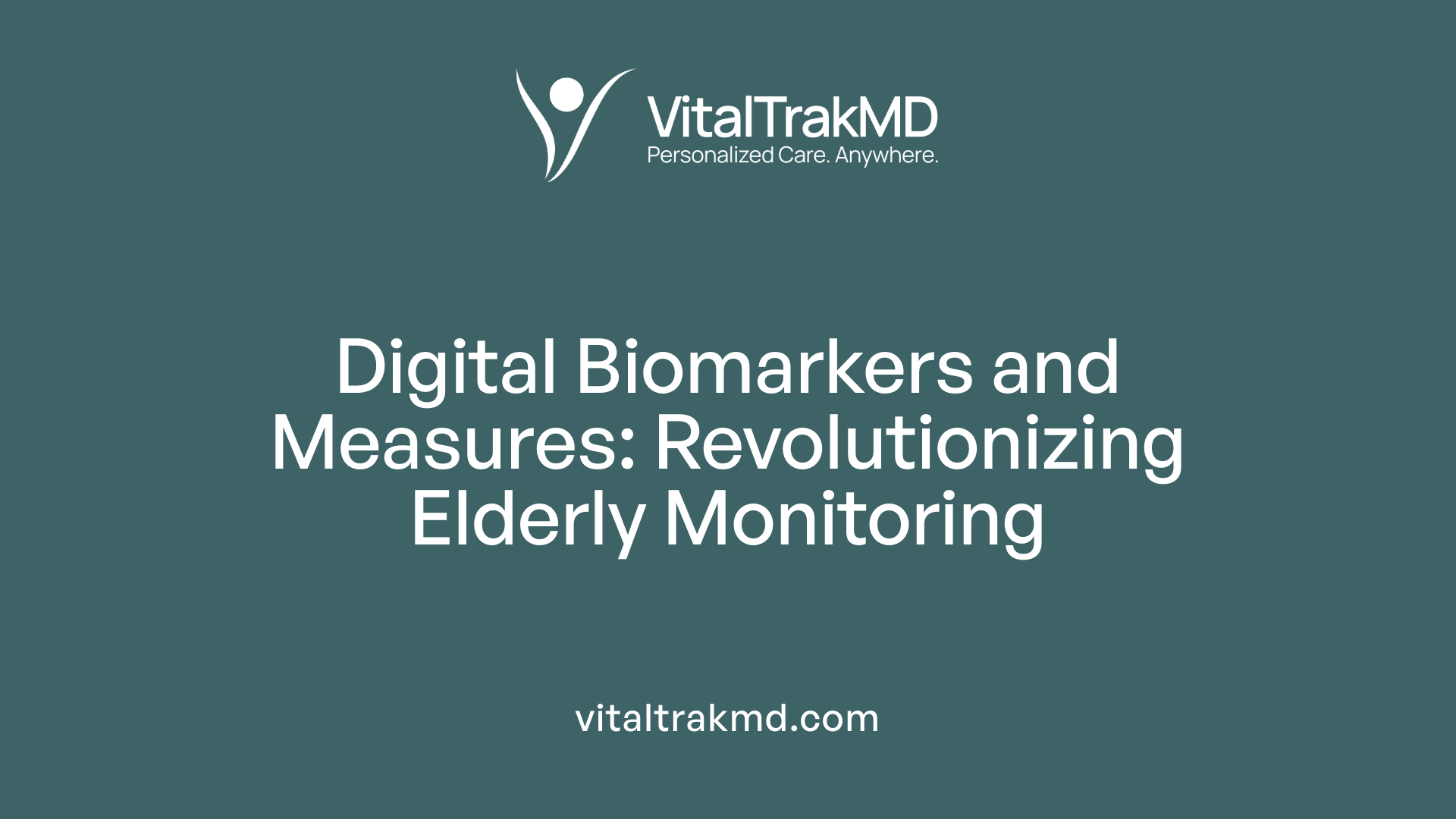
What recent advancements in digital health technologies support medication adherence among seniors?
Recent developments in digital health have significantly improved how we monitor and support medication adherence in older adults. One of the most promising innovations is the creation of contactless sensors and a comprehensive digital exhaust system. These sensors, such as PIR motion sensors, magnetic door sensors, and bed sensors, allow long-term, passive monitoring of activity, sleep, and physiological patterns without direct contact. This approach helps detect subtle changes in behavior or health that could signal medication non-adherence or health deterioration.
These sensors generate a vast array of digital measures—over 1200 metrics—that can be analyzed to identify risks like falls, frailty, depression, and mild cognitive impairment. Notably, machine learning models trained on these measures demonstrate the ability to classify health outcomes effectively, with ROC AUC scores reaching up to 0.805, indicating high predictive accuracy.
Digital biomarkers such as nocturnal heart-rate dips, sleep disturbances, and activity levels provide new insights into health risks and disease progression. These biomarkers often outperform basic demographic data in predicting health issues, underscoring their value.
Tools like smart pillboxes, reminder apps, and telehealth platforms integrate with sensor data, enabling healthcare professionals to remotely monitor adherence, medication effects, and side effects. This integration ensures that seniors take their medications correctly, reduces errors, and allows timely intervention if doses are missed.
The advancement of these technologies demonstrates a shift towards more personalized, continuous, and contact-free health monitoring. They provide a realistic, detailed picture of a senior’s health in their everyday environment, ultimately helping to improve medication safety, reduce hospitalizations, and maintain independence.
| Technology Component | Functionality | Benefits |
|---|---|---|
| Contactless sensors | Passive activity, sleep, and physiological data collection | Long-term health insights, early risk detection |
| Digital biomarkers | Sleep patterns, movement, heart rate | Better health classification, disease monitoring |
| Machine learning models | Analyzing digital measures | Accurate health status prediction |
| Telehealth integration | Remote consultations and alerts | Enhanced access, timely care |
In summary, recent digital health innovations are transforming medication adherence strategies for seniors by providing ongoing, contact-free, and detailed health monitoring. These tools, powered by sophisticated data analysis, support earlier detection of health issues, promote safer medication use, and empower both patients and healthcare professionals to manage chronic conditions more effectively.
Addressing Barriers and Challenges in Remote Monitoring and Telehealth Adoption
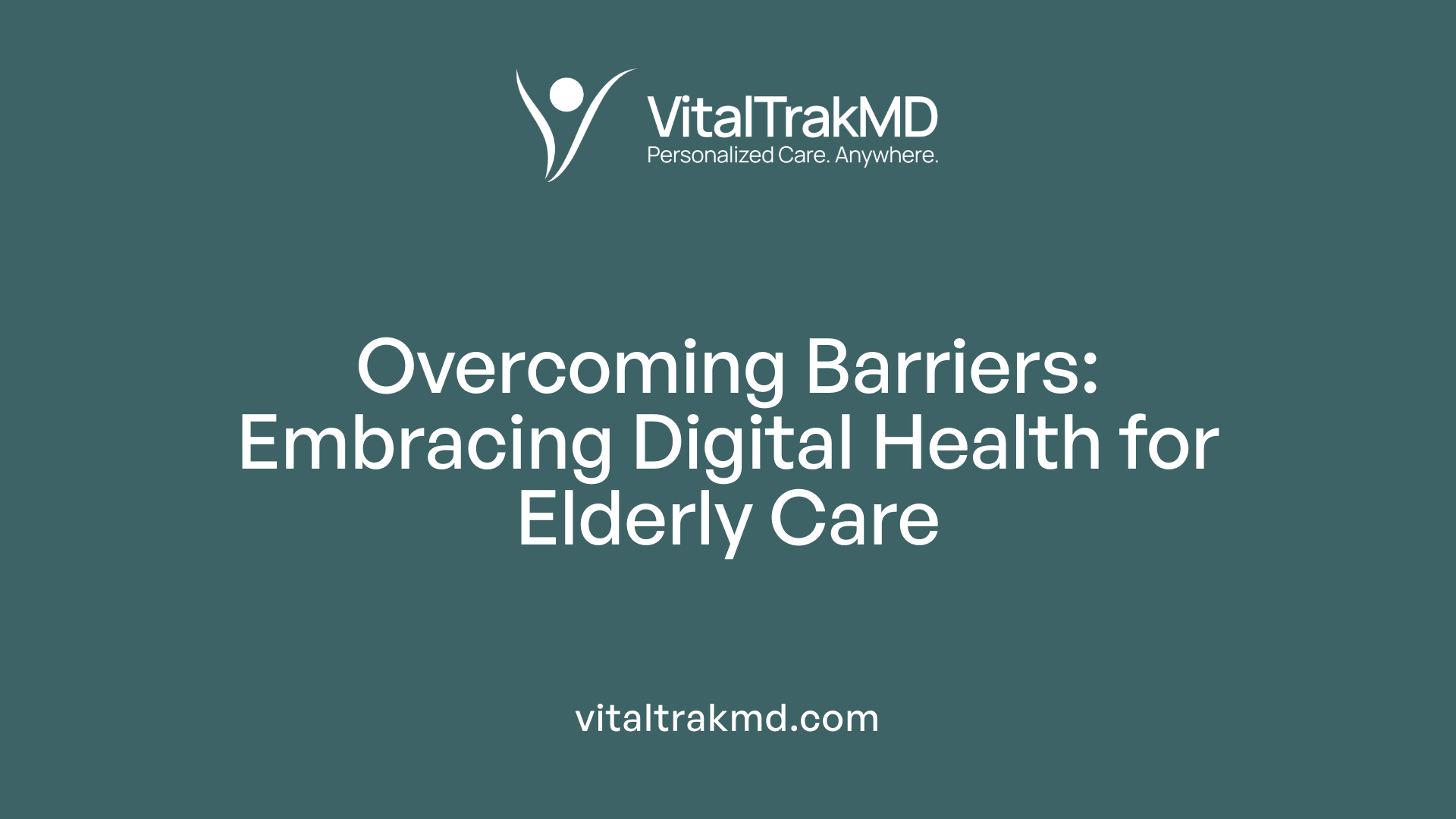
What are some recent advancements in digital health technologies for supporting medication adherence among seniors?
Recent innovations in digital health have significantly improved medication management for older adults. These include smart pill dispensers that alert users to take their medication via audible and visual cues, tailored to each individual’s needs. Mobile applications now provide personalized reminders and enable caregivers to monitor medication adherence remotely.
Integrated health monitoring devices also play a vital role, offering features such as tracking vital signs like heart rate, oxygen saturation, and body temperature, alongside medication reminders. These devices often incorporate wireless communication, such as Bluetooth or Wi-Fi, allowing seamless data transfer to healthcare providers.
Platforms like Huma’s remote patient monitoring system collect real-time health data, providing personalized feedback and automated alerts if irregularities are detected. This real-time oversight can lead to timely interventions, reducing the risk of complications from missed or incorrect doses.
Digital solutions such as SMS reminders and regular phone calls improve adherence effectively in resource-limited areas, including parts of West Africa. Studies show that implementing these technologies can improve medication adherence rates, enhance safety, and diminish healthcare costs.
Most advancements focus on making these tools affordable, portable, and user-friendly—crucial features for elderly users. Although challenges remain, ongoing research continues to refine and expand digital health options, ensuring safer and more effective medication management for seniors.
Cost-Effectiveness and Future Perspectives of Remote Monitoring Technologies
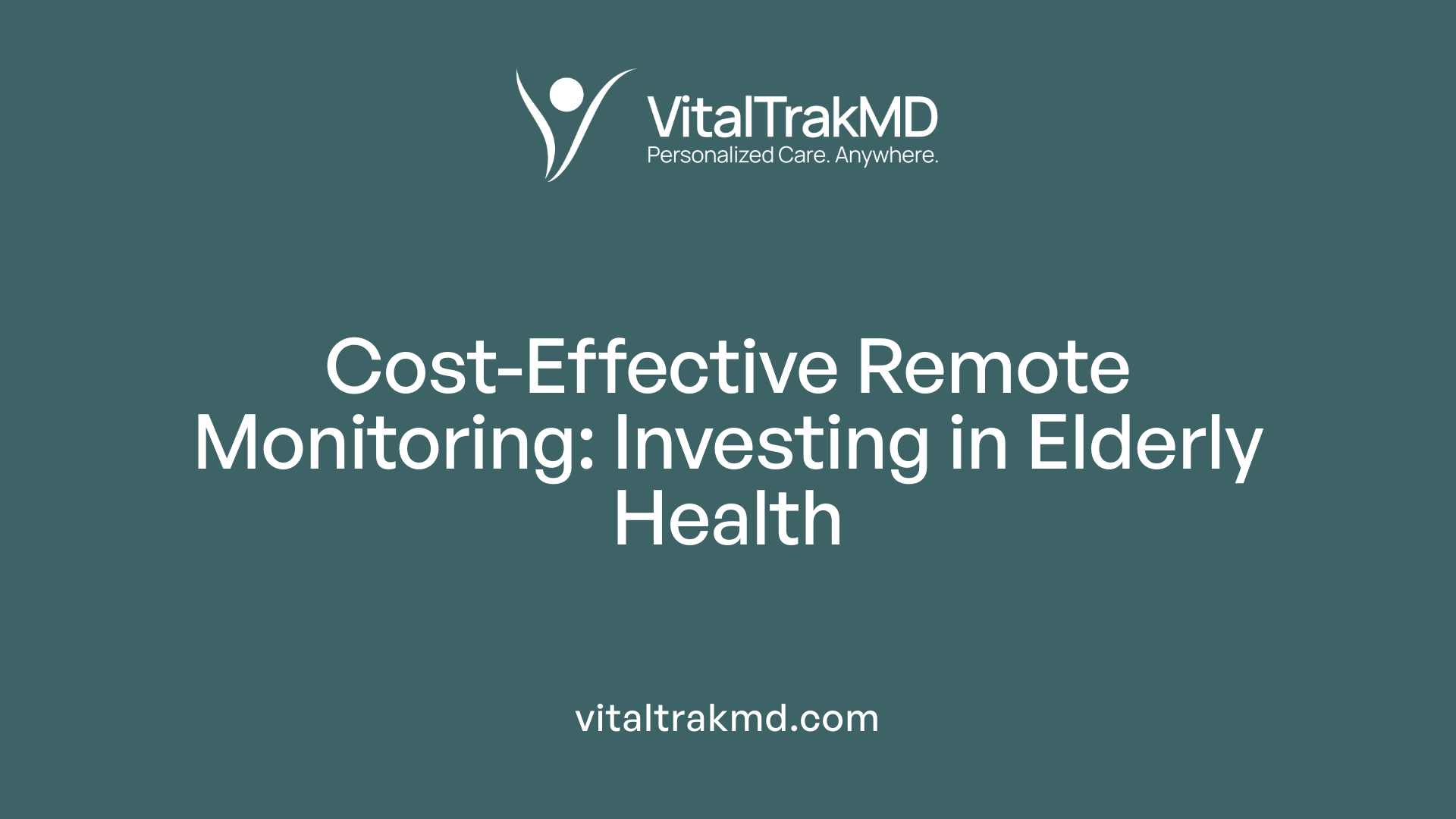 Investing in remote monitoring technologies for elderly care involves initial costs but offers substantial long-term savings. The prototype of a low-cost device, approximately $32, demonstrates that affordable solutions are achievable without sacrificing functionality. Furthermore, systems requiring initial investments between $200 and $550, with ongoing expenses from $19 to $375 monthly, provide scalable options for different settings.
Investing in remote monitoring technologies for elderly care involves initial costs but offers substantial long-term savings. The prototype of a low-cost device, approximately $32, demonstrates that affordable solutions are achievable without sacrificing functionality. Furthermore, systems requiring initial investments between $200 and $550, with ongoing expenses from $19 to $375 monthly, provide scalable options for different settings.
Health care cost reductions are significant with the adoption of these technologies. Remote patient monitoring (RPM) can decrease emergency room visits by around 31% and hospitalizations by 38%, translating into cost savings for health systems. Additionally, real-time monitoring of vital signs and medication adherence can prevent costly complications, such as hospital admissions for unmanaged chronic conditions or medication errors.
Long-term benefits include improved health outcomes and enhanced independence for seniors, which can reduce reliance on extensive in-home or institutional care. These systems are scalable, capable of expanding from individual home use to hospital-based settings. By integrating sensors, mobile apps, and cloud-based data platforms, manufacturers and healthcare providers can customize solutions to meet diverse needs, ensuring broad applicability.
Overall, investing in remote health monitoring offers a promising route to sustainable elderly care, with continued research driving innovations that further reduce costs and improve health management for aging populations.
Future Outlook and Integration of AI in Remote Monitoring
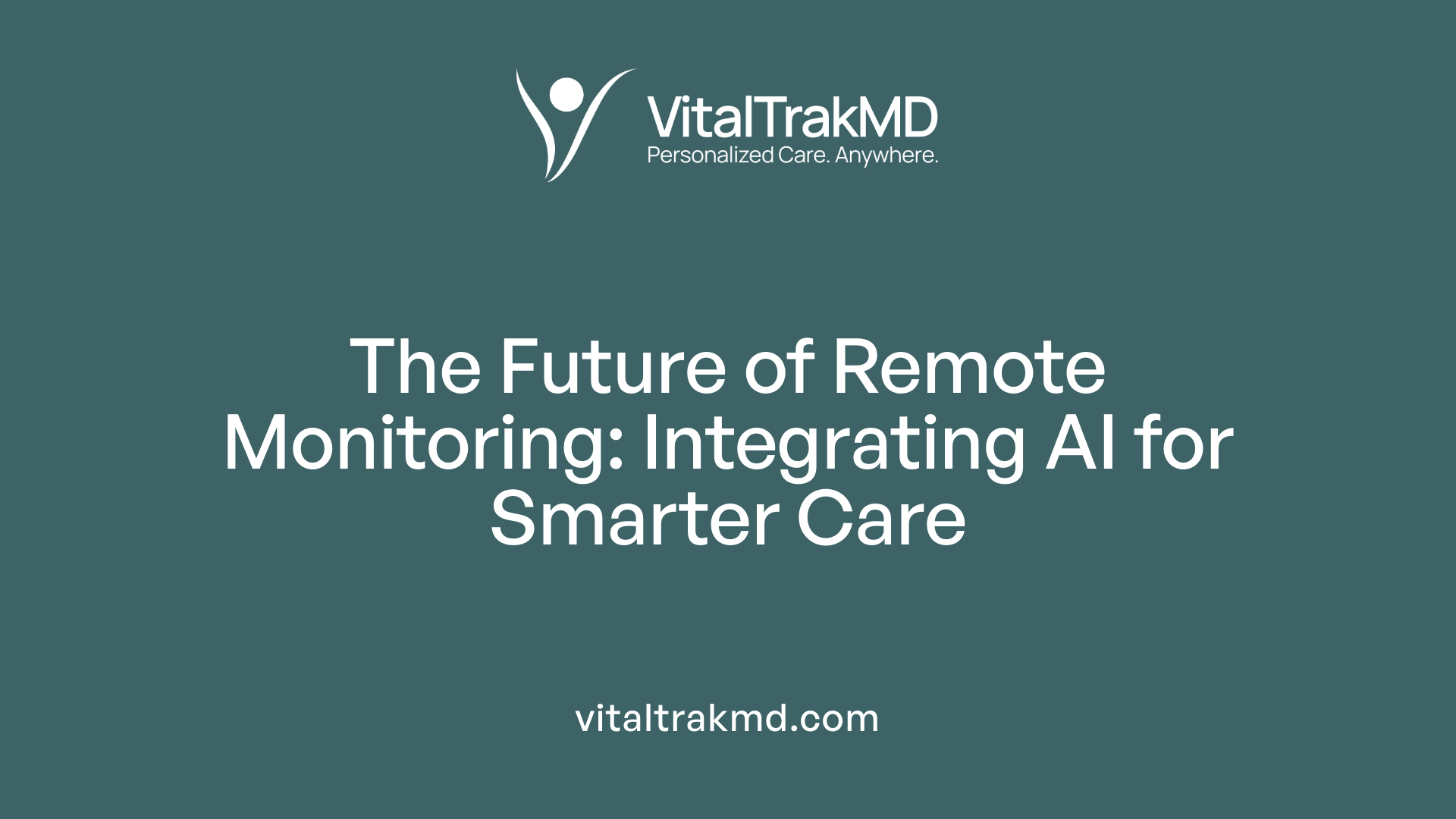
What recent advancements in digital health technologies support medication adherence among seniors?
Recent innovations in digital health have greatly enhanced how seniors manage their medications. Smart medication dispensers that use audible and visual cues, mobile apps linked to health data, and environmental sensors help seniors stay on track with their dosing schedules. These tools often include features like automated reminders, alerts, and easy-to-use interfaces, making medication routines simpler and safer.
Remote supervision systems, such as telehealth platforms, allow healthcare providers and caregivers to monitor medication intake and health status in real time. Examples include systems like Huma’s remote patient monitoring setup, which gathers vital signs and medication adherence data, then promptly alerts care teams about any issues.
Studies show that these technological solutions are cost-effective and significantly reduce preventable health complications, medication errors, and adverse drug reactions. They also facilitate timely medical interventions, improve safety, and enhance overall care quality. This progress is especially valuable for elderly patients who face challenges like memory loss, complex medication regimens, and physical limitations.
Despite challenges related to infrastructure and digital literacy, ongoing research focuses on refining these tools. Combining AI and machine learning further promises to optimize medication management, predictive analytics, and personalized care, ultimately transforming how we support aging populations with safe, efficient, and tailored health solutions.
Advancing Care for the Aging Population
The integration of remote monitoring and digital health solutions marks a significant step forward in ensuring safe, effective medication management among seniors. As technologies become more affordable, accessible, and intelligent—with the potential to incorporate AI-driven predictive analytics—the prospects for aging in place with minimal risks and enhanced quality of life grow brighter. Ongoing collaboration among healthcare providers, technology developers, caregivers, and policymakers will be essential to overcome existing challenges and harness the full potential of these innovations. Ultimately, leveraging remote monitoring not only improves health outcomes but also empowers seniors to maintain independence and dignity, truly transforming elder care in the digital age.
References
- Medication Reminder Device for the Elderly Patients With Mild ...
- 8 Effective Medication Reminder Strategies for Seniors
- A smart medicine reminder kit with mobile phone calls and some ...
- The Extensive Approach to Remote Patient Monitoring for Elderly ...
- The Benefits of Remote Patient Monitoring for Alzheimer's Disease
- Integrated Telehealth and Telecare for Monitoring Frail Elderly with ...
- Telehealth for Alzheimer's disease
- Managing medications for aging parents - Mayo Clinic Health System
- The Importance of Monitoring Senior Medication at Home
Recent articles
Want to Feel Better and Live Healthier?
Join hundreds of patients taking control of their health with personalized care that fits their life – not the other way around.
Rated 4.8/5 by 32+ customers



